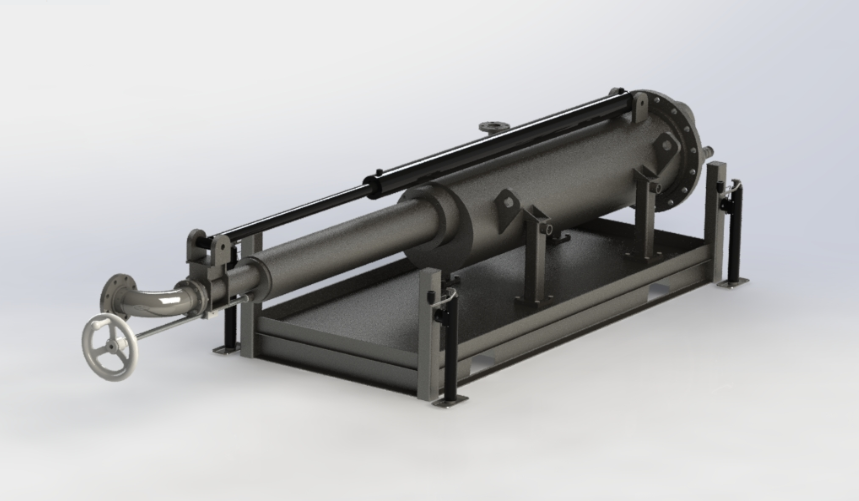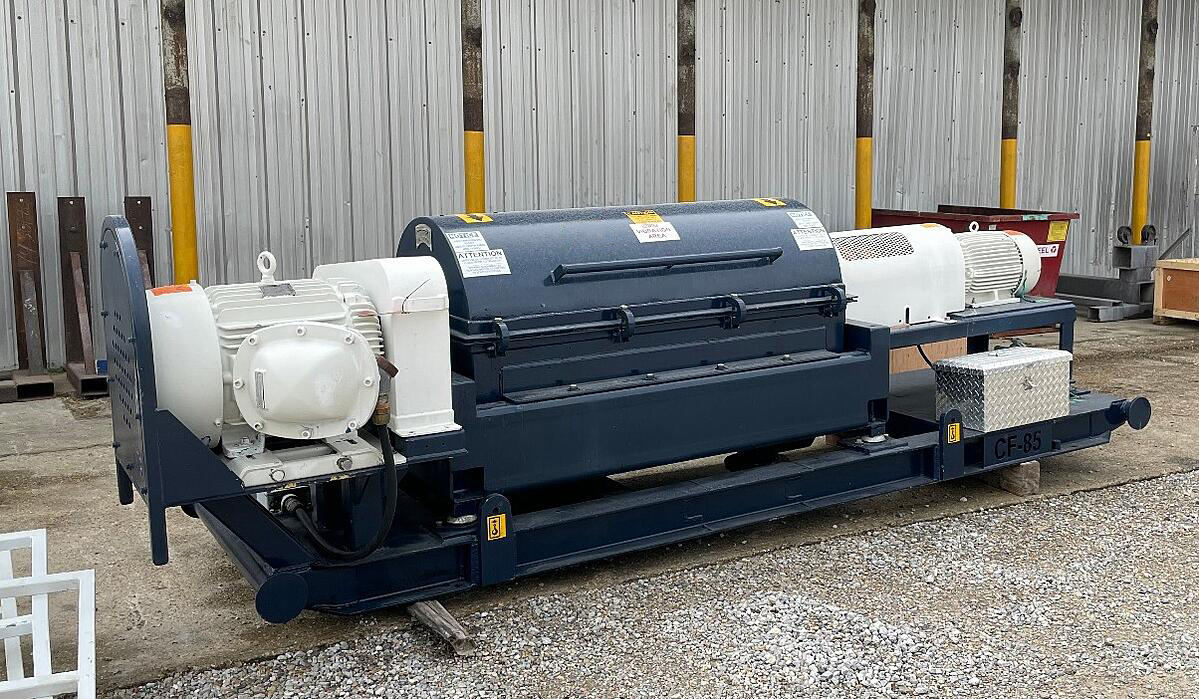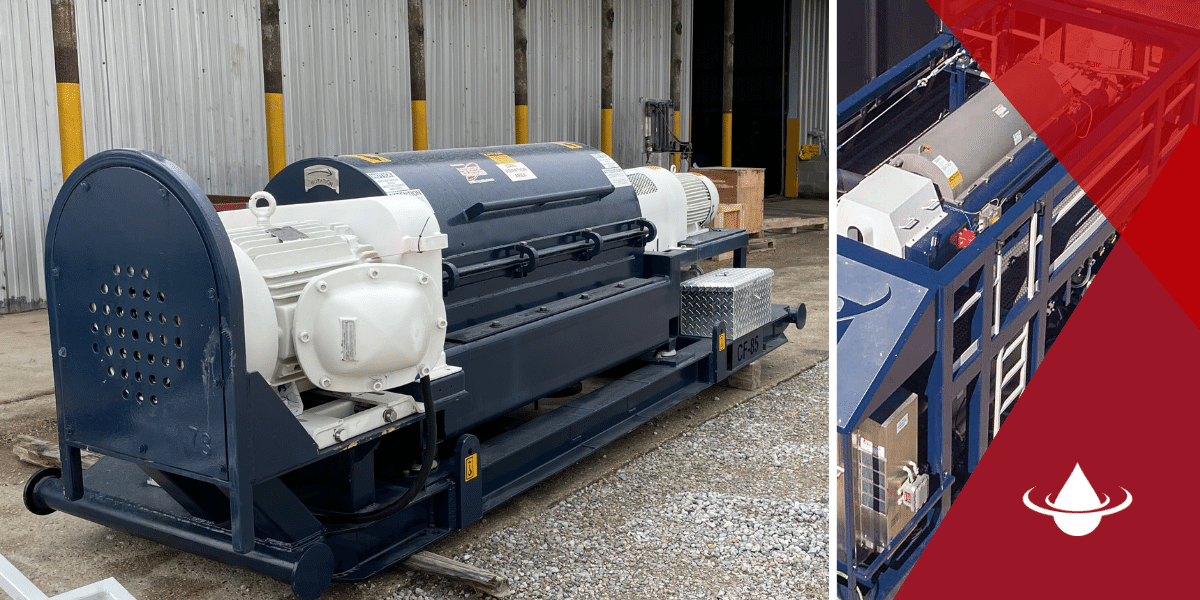Everything You Need To Know About A Decanter Centrifuge
In order to fully understand how a decanter centrifuge operates, we must first define what a centrifuge does. In many industrial jobs, solid material...

We have seen a lot of changes over the last several decades in the oil and gas industry specifically in areas regarding how equipment is inspected and maintained. Most of the processes have gone from high labor to high tech.
For example, cleaning oil tanks used to be a much more labor intensive and unsafe process. Now, with the help of technology there are some pretty amazing tank sweep non-entry systems hitting the market, that can offer not only a more precise but safer alternative to traditional methods.
Storage of oil in fuel tanks can lead to sludge buildup.
This sludge needs to be periodically removed (desludged) because it can lead to corrosion inside the tank which can negatively affect operations by clogging filter nozzles, safety valves, and pipes (tank cleaning).
It can also cause corrosion of the oil tank which may lead to leaks that can lead to fires and/or environmental pollution.
The tank sweep process is a highly efficient development.
It can reduce downtime due to the speed of the systems, lower costs because of the reduction of waste products, increase safety because it is a non-entry operation, and is better for the environment because it allows for a higher level of hydrocarbon recovery.
Tank Sweep processes were traditionally developed to handle incidences where solid levels in tanks were high and prohibited the removal of manway covers on tanks or landing of floating roofs, but are now being used as a highly effective tank cleaning solution. Below is general overview of how Tank Sweep works:
Most Tank Sweep systems are comprised of the following components:
Industrial Fluid Management focuses primarily on industrial service rentals for the petrochemical markets, offering superior service while meeting all of your rental needs.

In order to fully understand how a decanter centrifuge operates, we must first define what a centrifuge does. In many industrial jobs, solid material...

Today's separation and dewatering industries offer two basic dewatering technologies: belt filter presses and centrifuges. Choosing between a belt...

The main difference between decanter and tricanter centrifuges is that the tricanter centrifuge not only separates solids from liquids but also...